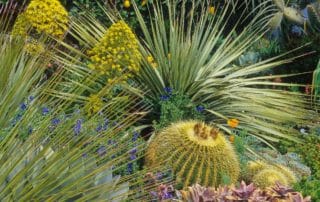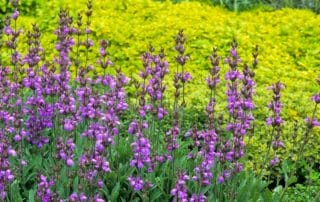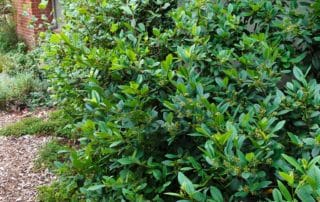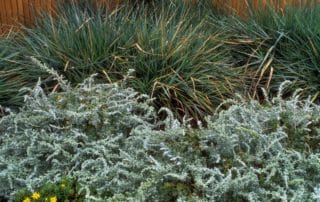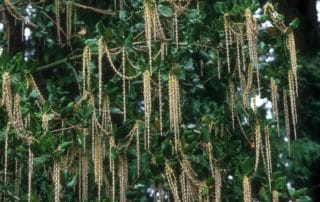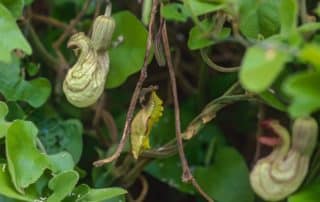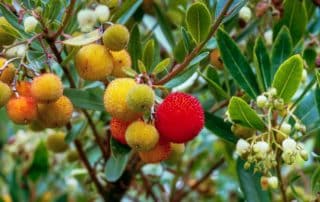Dasylirion
Dasylirion wheeleri in succulent border with barrel cactus in foreground A boldly architectural plant for big drama in pots or in the ground, Dasylirion wheeleri (desert spoon or sotol) forms a dense, symmetrical rosette of long, narrow, silvery blue-green, somewhat twisted leaves with aggressively hooked teeth along the margins and attractively frayed straw-colored tips. Over time plants develop a short, stout trunk, which may not be noticed unless older brown leaves are removed. Native to northern Mexico and the southwestern United States, Dasylirion wheeleri is rather widely available in the trade. Several other dasylirions are available with a


